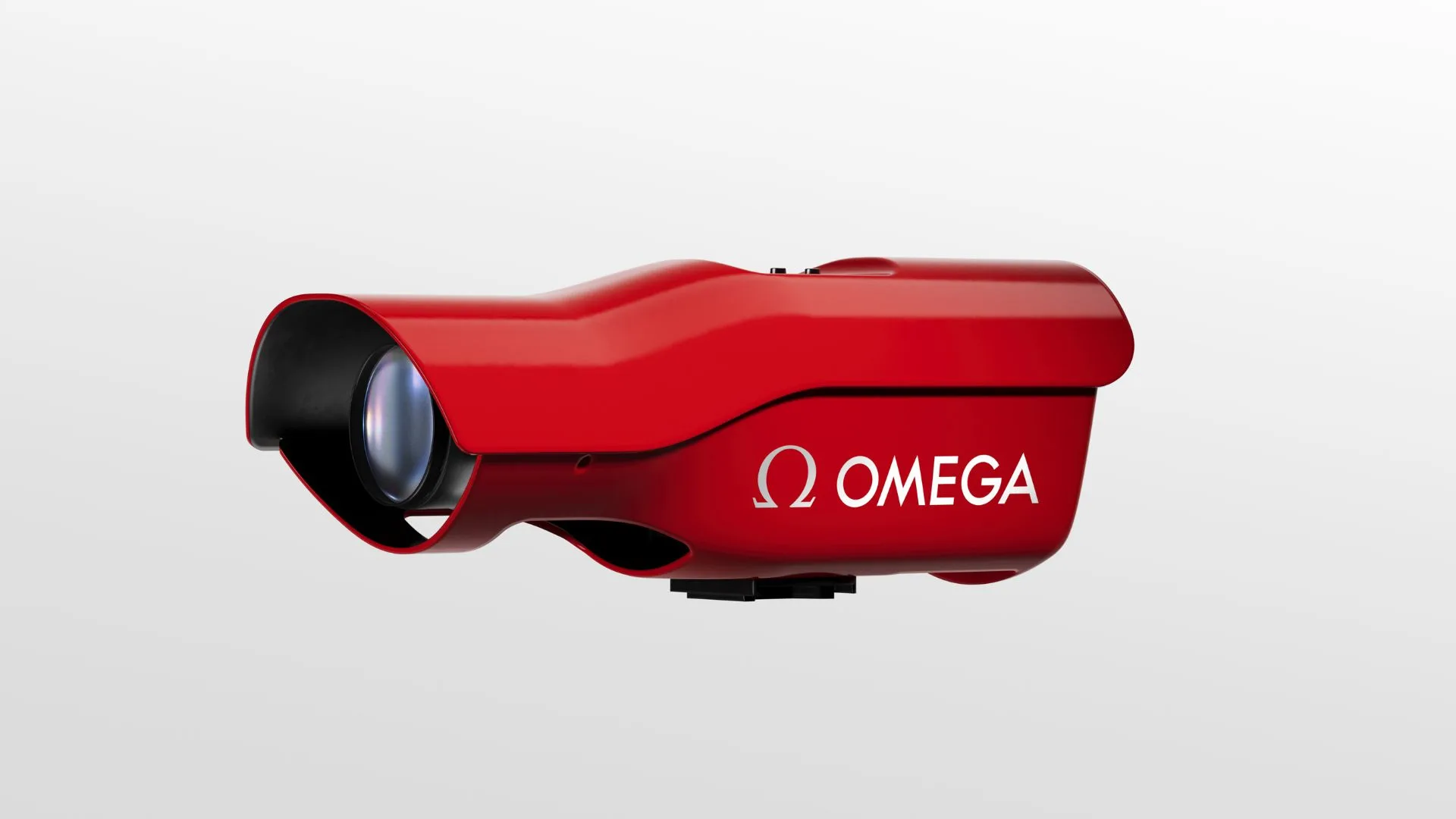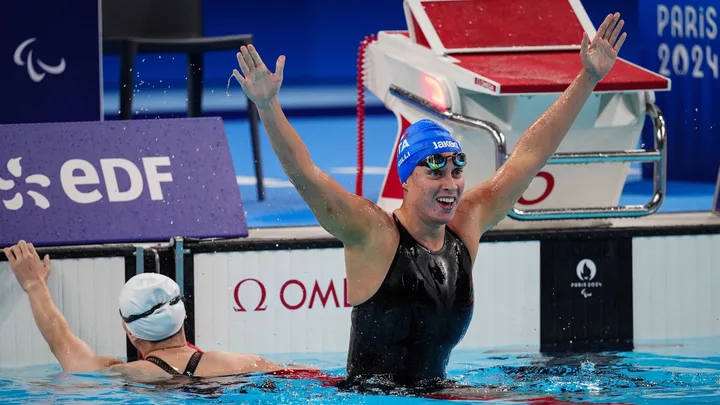In elite sports, timekeeping is a serious business. From the touch-sensitive wall at the swimming, to starting pistols, running blocks, there’s no room for even a millisecond of error. Since 1932, the responsibility of timekeeping at the Olympics has been granted to Omega. At the Paris Olympics and Paralympic Games in 2024, Omega supplied a whopping 350 tonnes of equipment and tech, including supplies for the Games’ 550 timekeepers on the ground, to ensure nothing went off without a hitch.
The swiss watchmaker, as it is better known, has developed mind boggling technology to track the sports, and in 2024, here are some of the tools Omega is using.
The Electronic Starting Pistol

The problem with starting pistols for Olympic and Paralympic athletic events is that sound travels slower than light. This means the athletes in the furthest lane would hear the starting signal later than the others. The solution is an electronic starting pistol which is connected to speakers directly behind each competitor. When the trigger is pulled the sound plays through the speakers, while a light flash is also emitted.
Omega also developed the athletics starting blocks that measure the athlete’s force against the footrest 4000 times per second. The detection system sends real-time measurements to an on-site computer so that the starter can visually see any false starts.
The ‘Photo Finish’ Tech

Dubbed ‘Scan’O’Vision Ultimate’, the camera used to record the photo finishes is a staggering piece of technology that can capture up to 40,000 digital images per second. Visual nerds will appreciate dedicated colour sensors to ensure the images are clean without pixel interference, enabling the adjudicators to make a clear decision on a winner.
Meanwhile, replacing the old ‘tape’ that is still used to mark the finish at some races, Omega has also developed the photocell technology that replaces this physical ribbon with a beam of light instead. When an athlete crosses the beam of light, their time is instantly recorded.
The Swimming Touchpads

We’re now all-too familiar with the touchpads built into the Olympic swimming pools. When touched with a pressure of 1.5 to 2.5 kg, the time is stopped instantly for the swimmer. These were first introduced in 1968.
Omega also introduced the “Swimming Light Show”, i.e. the lights on the sides of a swimmer’s block that indicate which swimmers came first, second and third, allowing competitors and spectators in the room a clear visual of who won.
To celebrate their role as the official Olympics timekeepers, Omega continues their tradition of releasing a limited collection of timepieces marked with Paris Olympics logo. See the range, here.










